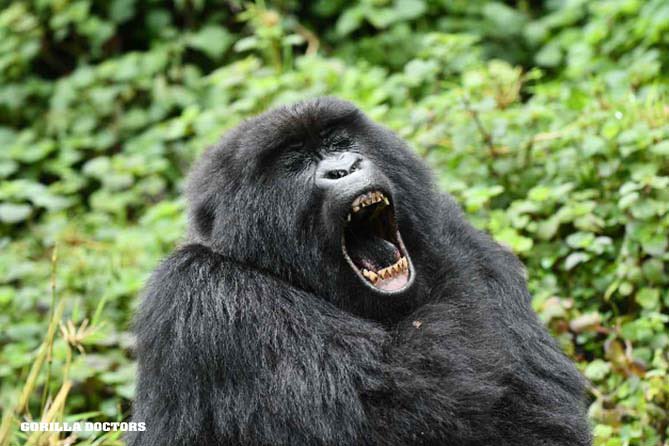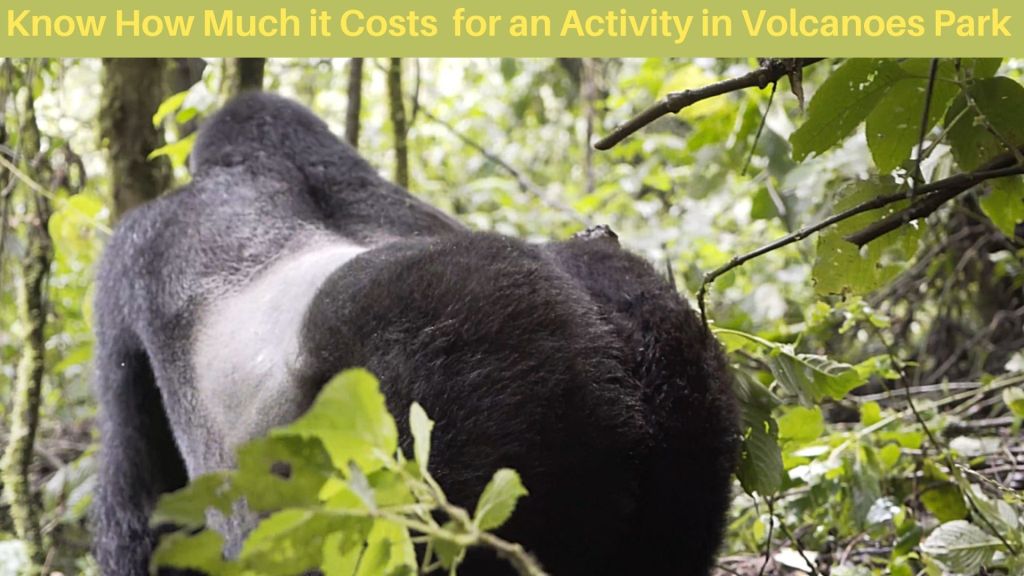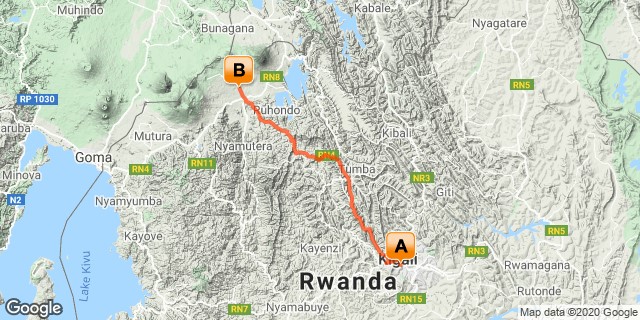
How hard is the gorilla trek in Rwanda?
How hard is the gorilla trek? Trekking the endangered mountain gorillas in their natural habitat is a dream for any primate lover. Visiting these sub-species of Eastern gorillas provide great entertainment and an insight into a number of human-like behavior, and their endangered nature as well as the fact that they are found in only three countries adds more excitement to the adventure. When travelers first think of gorilla trekking, a number of questions come to their minds relating to fitness levels, choosing a gorilla family in Rwanda, and hiking durations, among others. Book Now
The level of gorilla trekking difficulty in Rwanda is well-known among primate lovers, as it is considered a challenging endeavor, yet very rewarding and worthwhile. The high elevation (between 2500 and 4000 meters above sea level) and harsh weather conditions (extremely cold) of mountain gorilla natural habitats make these treks hard, especially for first-time and elderly trekkers.
Given the high altitudes, slippery/muddy trails during the wet season, rugged terrains, and sometimes dense vegetation, some visitors have given up on gorilla trekking even before reaching the allocated habituated gorilla family. This adventurous activity usually required 3-8 hours or more of walking to finally find the mountain gorillas that are usually hidden deep in the misty mountains of Volcanoes National Park. However, with moderate physical fitness levels, you can succeed in tracking these Giant Apes.
What makes gorilla treks in Rwanda hard?
The face-to-face encounter with the mountain gorillas in their natural habitat provides the opportunity to learn about the human-like behavior of these Giant Apes, but the process of searching for them has a number of unpredictable challenges. Here are some of the factors that make gorilla treks hard;
High altitudes.
The high altitudes of mountain gorilla natural habitats (between 2500 and 4000 meters above sea level) are one of the reasons why gorilla trekking is generally hard. This brings about altitude sickness for some visitors.
Extreme weather.
Mountain gorillas, from their name live high in the mountains with temperatures ranging from 15 Celsius Degrees during the day, and sometimes dropping to 7 Celsius degrees during wet months and at night. These weather conditions make gorilla treks in Rwanda (or anywhere else) difficult and the level of difficulty even rises as the altitudes increase. The heavy rains during wet months make forest trails muddy and slippery.
That said, in general, gorilla trekking in Rwanda requires a basic to moderate level of physical fitness to achieve the dream of meeting face-to-face with the Giant Apes in their natural habitat. Additionally, hiring porters to help in carrying backpacks and camera equipment as well as providing support while ascending higher elevations goes a long way in easing your gorilla trek in Rwanda.
What is the best time for the Rwanda Gorilla Trek?
It is usually surprising to many travelers to know that the difficulty of gorilla trekking sometimes depends on the season of the adventure. However, it is sometimes hard to predict the weather conditions hence always visit Volcanoes National Park when fully prepared for whatever weather- rain or sunshine. The majority of the gorilla trekkers go for this life-changing trek in the dry months- June to September, and December to February when precipitation levels are lower and temperatures are warmer.
The more challenging time to trek these Giant Apes is in the wet months- March to May, and October to November when the forest trails are extremely muddy and slippery due to higher rainfall levels. It is for this reason that these months are considered the low season. Whatever season you choose, make sure that you have sturdy hiking boots, gardening gloves, a rain jacket, cotton socks, long-sleeved shirt/s, safari pants, a backpack, a good camera, a pair of binoculars, and a first aid kit among others.



